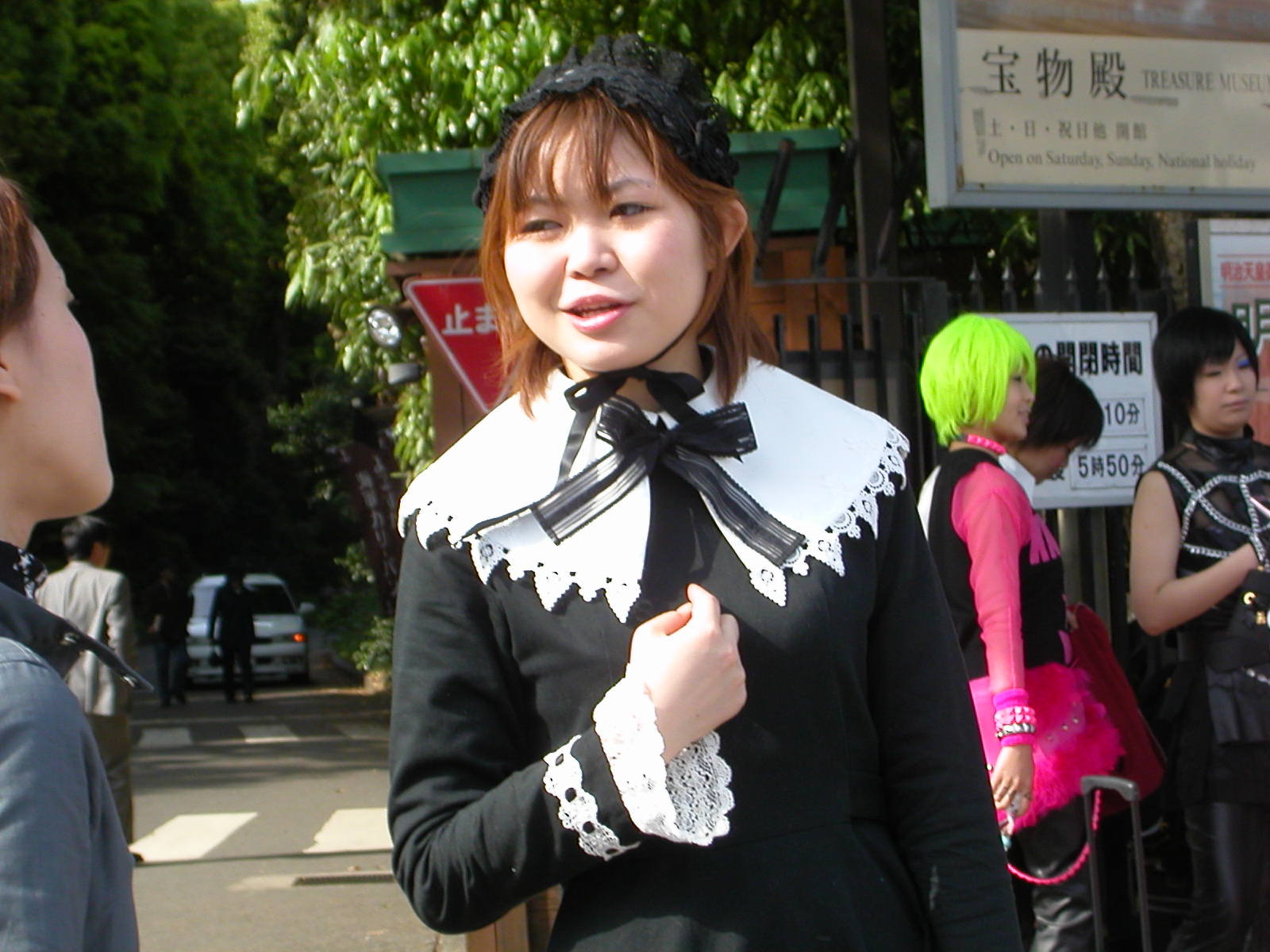




 |
 |
 |
 |
 |
| The long-awaited Tsukuba Express line, which will cross through Saitama and Chiba prefectures to connect Tokyo's Akihabara district with Tsukuba, Ibaraki Prefecture, will begin operations Aug. 24 amid high -- and low -- expectations. The Tsukuba Express line, linking Akihabara Station in Tokyo with Tsukuba, Ibaraki Prefecture, will open for business on Aug. 24. Covering a northeastern part of greater Tokyo that has long been void of a rail network, the new Metropolitan Intercity Railway Co. link will allow passengers to make the 58.3-km trip in 45 minutes on a rapid-service train for 1,150 yen. This compares with 65 minutes by expressway bus from JR Tokyo Station for 1,250 yen, and 73 minutes from Akihabara via the JR Joban Line and bus for a combined 1,550 yen. "I plan to switch to the Tsukuba Express to go to work," said Takayasu Murakoshi, a 39-year-old worker who spends 70 minutes traveling from JR Minaminagareyama Station in Chiba Prefecture to JR Suidobashi Station in Bunkyo Ward. "Taking it will shorten the commute by 20 minutes." East Japan Railway Co. expects the Joban Line -- which runs almost parallel to the Tsukuba Express from Ueno to Tsuchiura in Ibaraki Prefecture -- to lose 100,000 daily passengers to the new line, which will cost it 12 billion yen in annual revenue. In response, JR East added more limited express and rapid-service trains to the Joban Line. Despite the potential of the Tsukuba Express, however, demand threatens to be less than what was expected when the ambitious project was launched. "Japan was in the midst of the bubble economy when the government gave the go-ahead," railway expert Ryozo Kawashima said, noting the gap between the original plan and what has become reality two decades later. The Tsukuba Express project was submitted to the central government in 1985 with the aim of creating a new satellite community in the Kanto region, establishing a new transportation network, and easing congestion on the Joban Line. It was officially approved in 1992; construction began in 1994. Kawashima said growth in housing demand along the route has not met government expectations, while the declining birthrate is putting the brakes on overall population growth. A transport ministry panel recently acknowledged that the business outlook for Metropolitan Intercity Railway is dim because of slow development. It urged the government to encourage municipalities to speed up the process to boost passenger demand. The grim prospects have forced MIR to lower its daily passenger projections after the first five years in business to 270,000 from 380,000. Many municipalities along the route, however, have high expectations for the new service. Of the 20 stations to be served by the Tsukuba Express, 13 are new, including Yashio Station in southern Saitama Prefecture -- a dream come true for the city, which has been the only major Saitama municipality without a railway station. Yashio residents mostly commute by bus. However, it takes 20 to 30 minutes at best to get to neighboring train stations, including Soka Station on the Tobu Isesaki Line and Ayase Station on the Joban Line. To make matters worse, the buses only run at 15- to 20-minute intervals on average. Because of its lack of a rail system, Yashio had been called a "rikuno koto" (isolated land), municipal official Tetsuo Takagi said. "With the opening (of the Tsukuba Express), we will finally achieve our long-held desire," Takagi said. The Tsukuba Express debut is being coupled with development of large-scale residential and commercial complexes. Ibaraki hopes to attract 100,000 people to new residential areas along the line. Development, however, is not proceeding as planned. According to the prefecture, only 27 hectares, or 3 percent, of the roughly 900 hectares secured for the project have so far found developers. MIR has been making every effort to promote the Tsukuba Express by organizing various preopening events, including station tours and test rides. It is also reaching out to foreigners in the belief that certain Tokyo districts, including the electronics mecca Akihabara and Asakusa, a popular sightseeing spot, can be strong draws. On the other end of the line, some 7,000 foreign students and researchers live in the major research and academic hub of Tsukuba. To attract potential residents in the postbubble world, Ibaraki and the Urban Renaissance Agency, an independent administrative institution, have revamped their joint strategy and are touting spaciousness and lots of nature as merits of the new line. "These areas were initially regarded as places to supply mass housing," said Masato Katsumata, an official of the Land, Infrastructure and Transport Ministry's Land and Water Bureau. "But to cope with the changing times, developers had to come up with new residential concepts." Railway critic Kawashima believes improvements are needed in both the rail system and the housing projects if the new line is to be profitable. "Rapid-service trains (making the Akihabara-Tsukuba run will) only come at 30-minute intervals (even during peak hours). Their number should be increased" to boost convenience, Kawashima said. "The current development concepts are nothing but platitudes. The developers should come up with more unique concepts that make people want to live there."
Pardon my snobbishness. but I just can't see the attractiveness of either place. They seem to be "nothing" places -- neither big city (Tokyo, Osaka), nor country charm (Hokkaido), nor historic paradise (Kyoto). So, for the people who chose to live there, what exactly is it about Chiba or Saitama that really grabbed you -- that captured your imagination, that captured your soul? All those endless miles of concrete housing projects? It doesn't do anything for me, but maybe it appeals to you. You could live anywhere you wanted to, so why did you decide to live in Chiba or Saitama? I am interested to hear your response. I will admit though, the Chiba coastline is pretty good, by Japanese standards. If I was a surfer I would be happy to live in one of the Chiba surf towns like Katsuura. As for Saitama? It is close to the snowfields. But for ski fanatics, there are plenty of better places to live in Japan (Hokkaido for example.) So why, exactly, would you choose to live in Saitama, unless you had no other choice? Does it have anything to offer apart from that John Lennon Museum, which I still haven't visited yet?! As far as I am concerned, Tokyo is the place to live -- for its excitement, for its novelty, for its sheer vast scale. Even though I have lived here for four years and a day, I am always finding new things here. Many foreigners living in Japan, however, seem to disagree with my opinion. On the website Choosing a Place to Live in Japan, it is written: " Tokyo is a crowded, dirty, concrete wasteland. All the horror stories you have heard are true: the thousand dollar a month, one-room apartments, the two hour commutes, the JR workers pushing people onto the trains, and the soulless salarymen. People who live in Tokyo for several years often go through long periods of depression, and before you move there, ask yourself if you can deal with spending two hours a day on a noisy, crowded train, seeing nothing but ugly concrete buildings everyday, constant audio assaults, and terrible humidity. Tokyo is also filthy; when you approach the city by ferry you can smell it when youíre about an hour away, and although there is little garbage, everything just feels dirty. Most people you meet in Japan who used to live in Tokyo say that moving away from there was one of the most decisions they have ever made." But there is another site on the Internet which agrees with me that Saitama is a dump. The website KENMINSEI - PREFECTURAL PECULIARITIES by Ed Jacob states: " Saitama is the New Jersey of Japan and is widely known as ĎDasaitamaĀE(Ugly Saitama). And it isnít only the prefecture thatís known for its ugliness - the people are too. If you see someone with no fashion sense in Tokyo, popular wisdom has it that they probably live in Saitama. Itís okay to make fun of Dasaitama though, because even the people who live there hate it. When its residents participated in a survey on Ďwhether or not you like the prefecture you live inĀE Saitama ranked 55th out of 56, and when asked ĎIs your prefecture comfortable to live inĀE they came in dead last. On the positive side, Saitama also has one of the lowest rates of deaths from seijinbyo (lifestyle-related illnesses such as cancer, heart disease, and high-blood pressure) in Japan."
|
| ||||||||